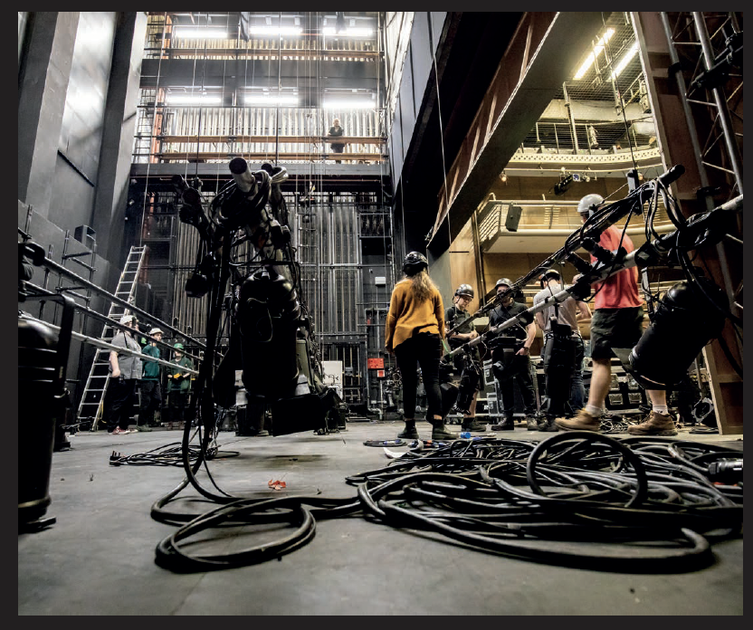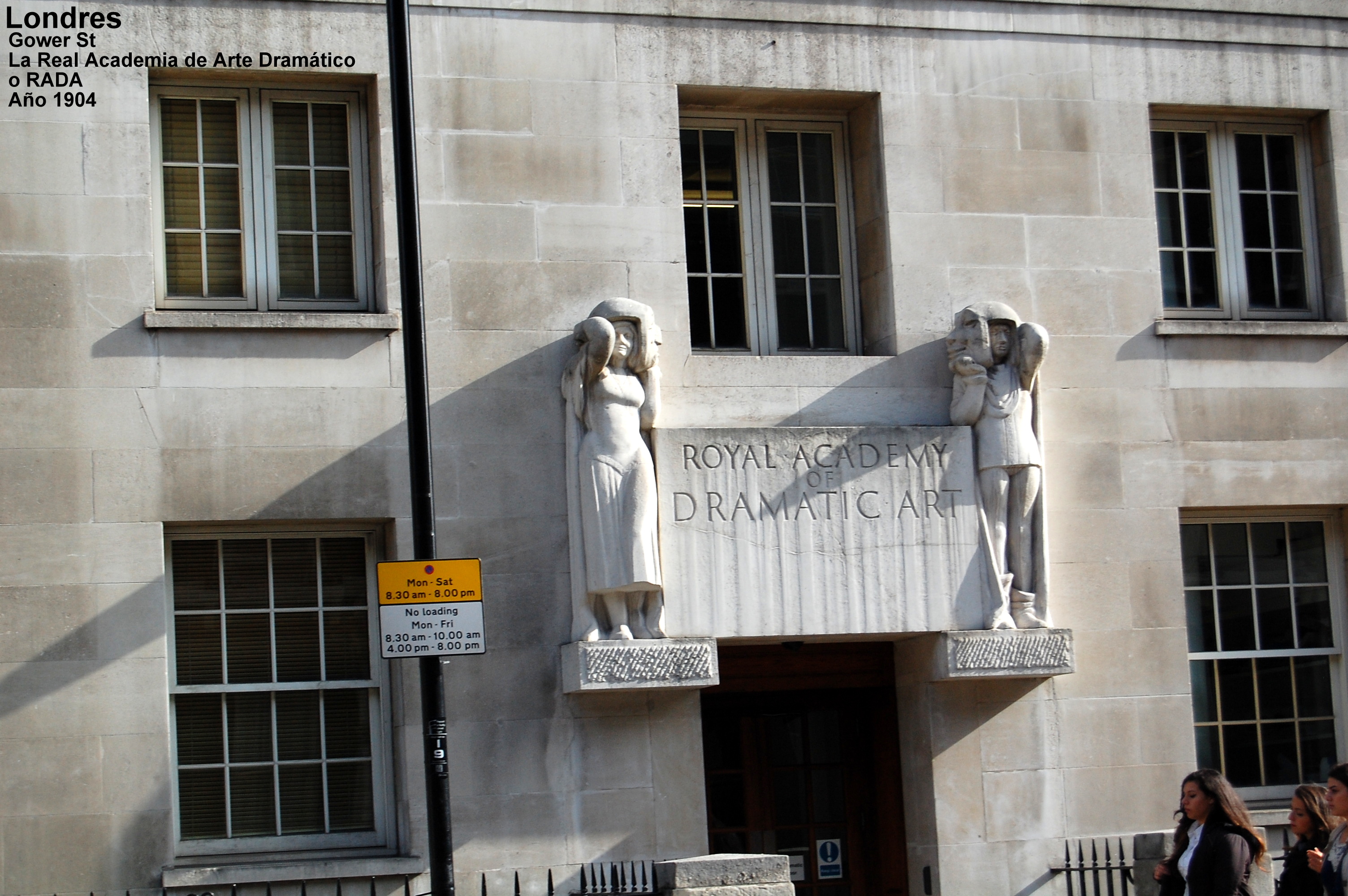Art has always been a reflection of human emotions, culture, and history. Among its many forms, dramatic art stands out as one of the most powerful mediums for storytelling and expression. Whether through theater, film, or other performances, dramatic art captivates audiences worldwide. This article delves into the fascinating world of dramatic art, exploring its origins, significance, and impact on society today.
From ancient Greece to modern-day cinema, dramatic art has evolved while maintaining its core essence: to convey stories that resonate deeply with people. This form of art not only entertains but also educates and provokes thought, making it an essential part of cultural heritage.
In this comprehensive guide, we will explore the history, techniques, and significance of dramatic art. By understanding its role in shaping societies and influencing individuals, readers will gain a deeper appreciation for this timeless art form. Let’s dive into the world of dramatic art!
Read also:Discover The Best Of Olivia Munn Movies And Tv Shows A Complete Guide
Table of Contents
- History of Dramatic Art
- Types of Dramatic Art
- Techniques in Dramatic Art
- The Role of Actors in Dramatic Art
- Impact of Theater on Society
- Dramatic Art in Films
- Dramatic Art in Education
- Psychological Benefits of Dramatic Art
- Modern-Day Trends in Dramatic Art
- The Future of Dramatic Art
History of Dramatic Art
Dramatic art dates back thousands of years, with its origins rooted in ancient civilizations. The earliest forms of dramatic performances were religious ceremonies and rituals, which gradually evolved into more structured theatrical presentations. Ancient Greece is often credited as the birthplace of Western theater, where playwrights like Sophocles, Euripides, and Aeschylus created masterpieces that are still studied today.
During the Renaissance, dramatic art experienced a resurgence, with playwrights such as William Shakespeare and Christopher Marlowe pushing the boundaries of storytelling. The introduction of new theatrical techniques and technologies further enriched the art form, allowing for more elaborate productions.
Today, dramatic art continues to evolve, incorporating elements from various cultures and disciplines. Its rich history serves as a foundation for the innovations and experiments that define contemporary performances.
Key Milestones in Dramatic Art
- Ancient Greece: The origin of Western theater
- Renaissance: Revival of dramatic art in Europe
- 19th Century: Realism and Naturalism movements
- 20th Century: Experimental theater and multimedia performances
Types of Dramatic Art
Dramatic art encompasses a wide range of forms, each with its own unique characteristics and purposes. From traditional theater to modern film, these forms cater to diverse audiences and offer varied experiences.
Theater
Theater remains one of the most popular forms of dramatic art. Live performances bring stories to life through actors, sets, costumes, and music. It provides an immersive experience that cannot be replicated by other media.
Film
Films have revolutionized the way stories are told, allowing for greater reach and accessibility. With advancements in technology, filmmakers can create visually stunning and emotionally compelling narratives that captivate global audiences.
Read also:Gillie Da Kid Mix A Deep Dive Into The Iconic Mixtape And Its Legacy
Dance
Dance as a form of dramatic art uses movement to convey emotions and tell stories. It combines physical expression with music and visual elements to create powerful performances.
Techniques in Dramatic Art
Mastering dramatic art requires a deep understanding of various techniques. These techniques help actors and directors bring stories to life effectively.
Acting Techniques
- Stanislavski Method: Focuses on emotional truth and realism
- Method Acting: Encourages actors to fully immerse themselves in their roles
- Meisner Technique: Emphasizes spontaneity and reacting truthfully
Directing Techniques
- Blocking: Planning actors' movements and positioning on stage
- Staging: Creating visually appealing and meaningful scenes
- Pacing: Controlling the rhythm and flow of the performance
The Role of Actors in Dramatic Art
Actors are the heart and soul of dramatic art. They bring characters to life, making stories relatable and engaging for audiences. Their ability to convey emotions and connect with viewers is crucial for the success of any performance.
Actors undergo rigorous training to develop their skills in voice, movement, and emotional expression. They also collaborate closely with directors and other cast members to ensure a cohesive and impactful production.
Impact of Theater on Society
Theater has long been a tool for social change and commentary. Through dramatic performances, artists can highlight important issues and challenge societal norms. This form of art encourages dialogue and reflection, fostering a deeper understanding of the world around us.
Moreover, theater plays a vital role in preserving cultural heritage. By adapting traditional stories and creating new ones, theater ensures that cultural narratives continue to thrive and inspire future generations.
Dramatic Art in Films
Films have expanded the reach of dramatic art, allowing stories to reach a global audience. With the ability to incorporate stunning visuals, special effects, and sound design, films offer a unique platform for storytelling.
Iconic films such as "Citizen Kane," "Casablanca," and "Schindler's List" have left an indelible mark on the world of dramatic art. These films not only entertain but also educate and inspire viewers, showcasing the power of storytelling in film.
Dramatic Art in Education
Incorporating dramatic art into education has proven to be highly beneficial for students. It enhances creativity, improves communication skills, and boosts confidence. Schools and universities around the world offer programs in theater, film, and performance arts, providing students with opportunities to explore their passions and develop valuable skills.
Furthermore, dramatic art in education promotes empathy and understanding by encouraging students to step into the shoes of others. This fosters a more inclusive and compassionate learning environment.
Psychological Benefits of Dramatic Art
Engaging in dramatic art offers numerous psychological benefits. Studies have shown that participating in theater and performance activities reduces stress, improves mental health, and enhances social skills. It provides a creative outlet for self-expression and emotional release.
For individuals dealing with trauma or mental health challenges, dramatic art can serve as a therapeutic tool. Programs like drama therapy utilize performance techniques to help participants process emotions and improve their overall well-being.
Modern-Day Trends in Dramatic Art
In recent years, dramatic art has embraced new technologies and platforms to reach wider audiences. Digital theater, virtual reality performances, and online streaming services have transformed the way people experience art.
Additionally, there is a growing emphasis on diversity and representation in dramatic art. Artists are increasingly exploring stories from underrepresented communities, ensuring that all voices are heard and valued.
Notable Trends
- Interactive theater experiences
- Hybrid performances combining live and digital elements
- Inclusion of diverse narratives and perspectives
The Future of Dramatic Art
The future of dramatic art looks promising, with ongoing innovations and evolving audience preferences. As technology continues to advance, artists will have more tools at their disposal to create groundbreaking performances. Virtual reality, augmented reality, and artificial intelligence are just a few examples of technologies that could shape the future of this art form.
Moreover, the global reach of dramatic art will continue to expand, fostering cross-cultural exchanges and collaborations. By embracing diversity and pushing creative boundaries, artists can ensure that dramatic art remains relevant and impactful for generations to come.
Conclusion
Dramatic art is a powerful medium that has shaped human culture and society for centuries. From its ancient origins to its modern-day manifestations, it continues to captivate and inspire audiences worldwide. By understanding its history, techniques, and significance, we can appreciate the profound impact it has on our lives.
We invite you to explore the world of dramatic art further by attending performances, participating in workshops, or simply watching films that showcase its beauty. Share your thoughts and experiences in the comments below, and don’t forget to check out our other articles on the arts and humanities.
References:
- Brockett, O. G., & Hildy, F. C. (2003). History of the Theatre. Allyn & Bacon.
- Stanislavski, C. (1936). An Actor Prepares. Routledge.
- World Health Organization. (2021). Arts and Health. WHO.

